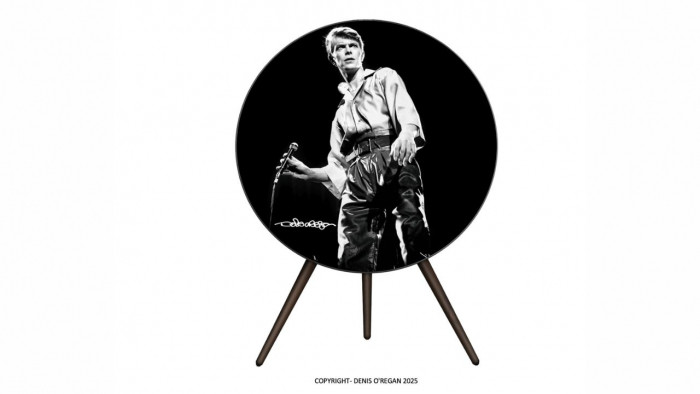Astronomers just wasted almost ten years staring at something they didn’t realise was an optical illusion
M C Escher's got nothing on this.


M C Escher's got nothing on this.
IN 2007, the Hubble space telescope snapped a picture of a deep space standoff 4,300 light-years away in the constellation of Gemini: two planetary nebulas (given the snappy titles of NGC 2371 and 2372) circling each other in what would surely end in spectacular interstellar fireworks.

They waited... and waited. And nothing happened.
Only recently did a combined team from NASA and the European Space Agency (ESA) realise that they hadn't been looking at two objects at all: Hubble had captured an image of one massive nebular, three light-years across. It was all an optical illusion.
"A progenitor star can be seen here as a pinprick of orange-red light, surrounded by a green, blue and aqua-tinged puff of gas," explains the ESA website. "This shell appears to have a regular, elliptical shape that is sliced in half by a dark lane running through the nebula, which also encompasses the central star."
The nebular has now been renamed NGC 2371/2 or NGC 2371-2, and won't attract quite the same attention from astronomers looking for a light show.
[Via: Gizmodo]








